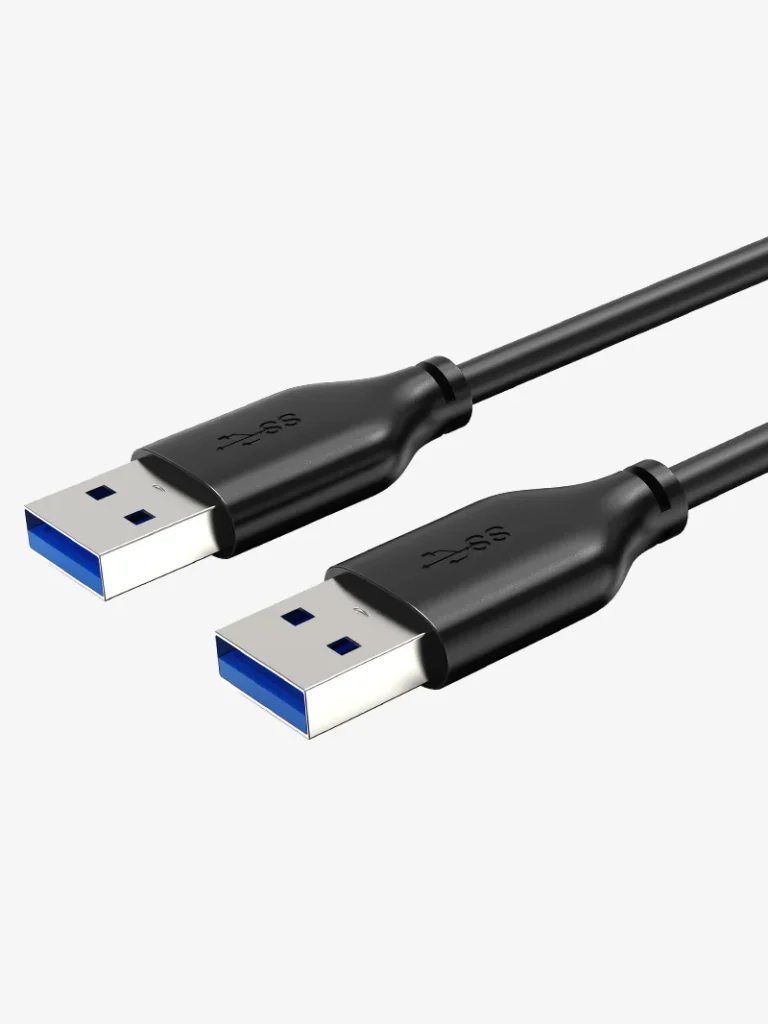Formatting a USB drive is a useful operation to erase all files, change the file system, or fix errors and compatibility issues. Here’s a step-by-step guide.
What You’ll Need
- A USB drive
- A computer with Windows, macOS, or Linux
Before You Start
- Backup Your Data: Formatting erases all data on the USB drive. Make sure to save any important files.
- Choose the File System:
- FAT32: Compatible with most devices (TVs, consoles, etc.), but supports files up to 4 GB.
- exFAT: Works with modern devices and supports files larger than 4 GB.
- NTFS: Best for Windows, but less compatible with other systems.
- HFS+ or APFS: For macOS devices.
How to Format on Windows
1. Plug in the USB Drive
- Insert the USB drive into a USB port on your computer and wait for it to be recognized.
2. Open File Explorer
- Press Win + E to open File Explorer.
- Right-click on the USB drive icon and select “Properties” to check the current file system (optional).
3. Start Formatting
- Right-click on the USB drive and select “Format”.
- In the window that opens:
- File System: Choose FAT32, exFAT, or NTFS.
- Volume Label: Enter a name for the drive (optional).
- Quick Format: Leave this checked for a faster process.
- Click Start and confirm.
4. Wait for the Process to Complete
- A message will notify you once the formatting is successfully finished.
How to Format on macOS
1. Plug in the USB Drive
- Insert the USB drive into a USB port on your Mac.
2. Open Disk Utility
- Go to Applications > Utilities > Disk Utility.
3. Select the USB Drive
- Find your USB drive in the left-hand sidebar and select it.
4. Start Formatting
- Click the Erase button (at the top).
- In the window that appears:
- Format: Choose the desired file system (e.g., exFAT for universal compatibility).
- Scheme: Select “GUID Partition Map” (for compatibility with macOS and Windows).
- Click Erase.
5. Complete the Operation
- Wait until the formatting process is complete. A confirmation message will appear.
How to Format on Linux
1. Plug in the USB Drive
- Insert the USB drive into a USB port on your computer.
2. Open GParted (or Similar Tool)
- On Ubuntu or other distributions, you can install GParted with the command:
sudo apt update sudo apt install gparted - Launch GParted from the application menu.
3. Select the USB Drive
- In the top-right dropdown, choose the drive corresponding to your USB.
4. Delete and Create a New Partition
- Right-click the existing partition and select “Delete”.
- Click New:
- File System: Choose FAT32, exFAT, or another format.
- Confirm with Add.
- Click Apply to execute the changes.
5. Complete the Formatting
- A notification will indicate the operation is complete.
Final Tips
- Not Recognized?: If the USB drive isn’t detected, try another USB port or check for physical damage.
- Slow Formatting?: If you have time, disable the “Quick Format” option for a deeper clean.
- Unsure About the File System?: For cross-device use, exFAT is usually the safest choice.
By following these steps, your USB drive will be ready for use!
